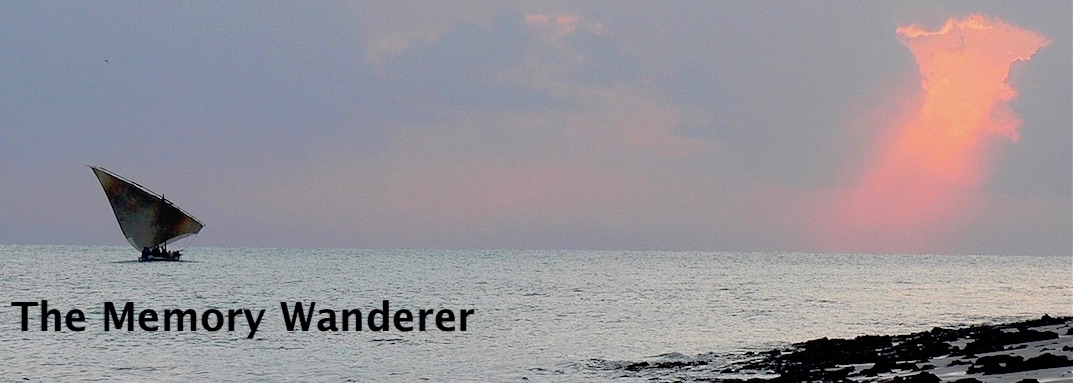The North Atlantic gave us plenty of variety, whales and dolphins, dead calms, a day exploring Iceland, and a passage through the tail-end of Hurricane Ike, before, on the 24th September, we made landfall at St John's, Newfoundland, a superb natural harbour into which we really did not believe our ship would fit. It would have been perfect to have started our trans-Canadian journey from there but we were obliged to carry on to New York, whence we took a train to Toronto and then joined The Canadian for a three-day journey to Edmonton.
From Edmonton we hired a car to drive northwest to Dawson Creek in British Columbia and then south, via Fort George, Kamloops, the US border at Osoyoos and the Cascade Mountains to the Pacific coast near Seattle, which we reached on 26th October.
We flew back to London and then took the Caledonian Sleeper from Euston to Fort William, waking on Rannoch Moor to a scene which might have been straight out of the Rockies.


















































